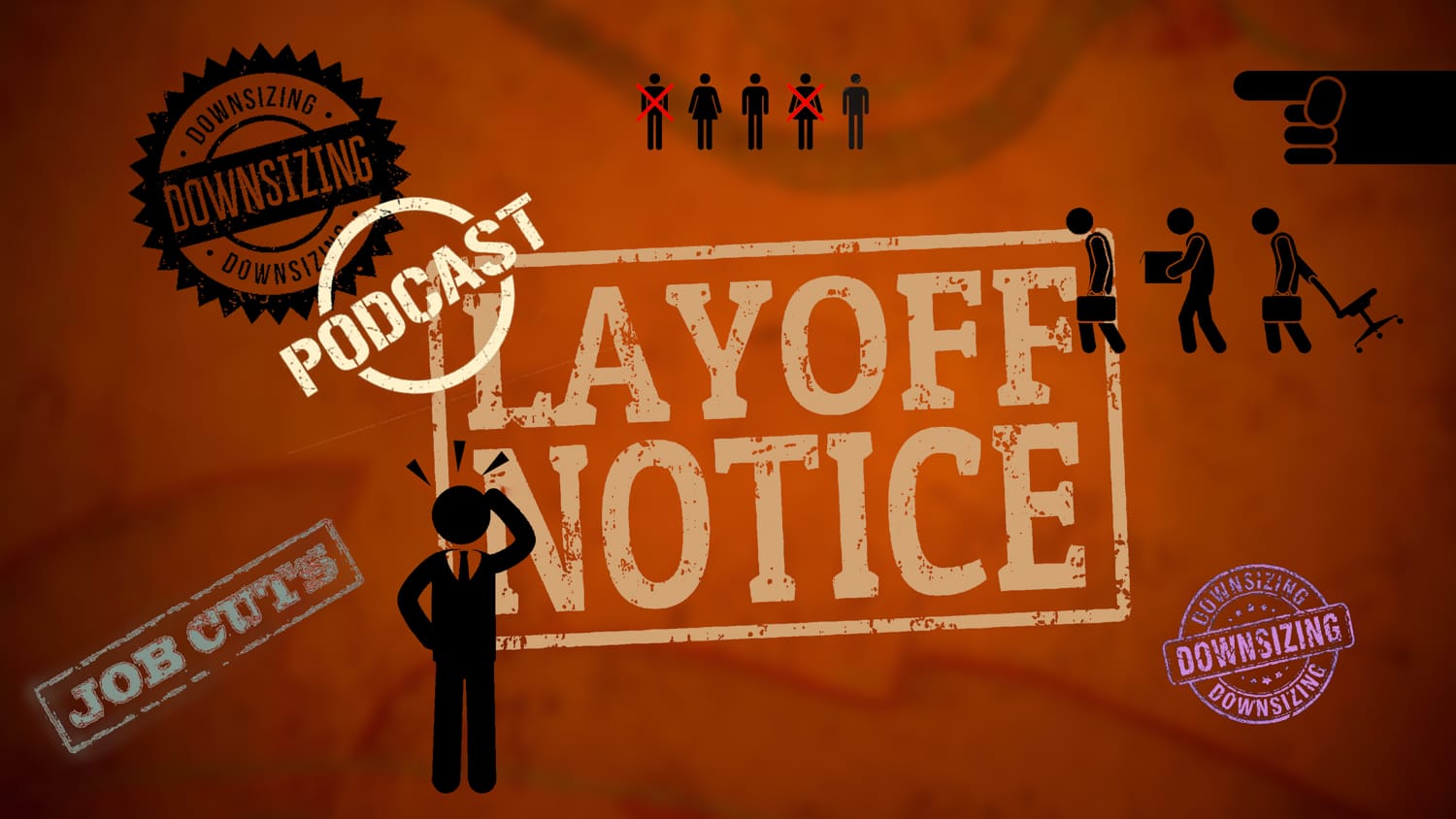SAS Institute, the analytics software giant, has been navigating a period of significant change, marked by recurring layoffs since 2021. This article examines the timeline of these workforce reductions, explores the underlying causes, and analyzes the potential impacts on both SAS and the broader tech industry.
Layoffs and Restructuring: A Shifting Landscape
SAS has undertaken multiple rounds of layoffs since 2021, impacting various divisions, including Retail Solutions. While precise figures for each round remain somewhat elusive, reports point to a pattern of recurring cuts. These actions coincide with a broader company restructuring, likely influenced by several factors. Is SAS Laying Off?
One key driver is the ongoing digital transformation sweeping the tech industry. As companies like SAS adapt to the evolving technological landscape, they often require different skill sets, leading to shifts in workforce composition. The COVID-19 pandemic also played a role, forcing many businesses to reassess their operations and make difficult staffing decisions. Additionally, SAS is reportedly preparing for a potential Initial Public Offering (IPO) in 2024, which often involves streamlining operations and improving profitability to attract investors. Is SAS Going to IPO?
Even amidst these workforce reductions, SAS continues to recruit. As of September 2023, approximately 150 open positions were listed, suggesting a strategic shift in skills demand. This likely indicates a growing need for expertise in areas like cloud computing, artificial intelligence, and data analytics, reflecting the changing needs of the industry. This seemingly contradictory approach of simultaneous layoffs and hiring raises questions about SAS’s long-term strategy and the specific skills it seeks to cultivate internally. Did SAS confirm new round of layoffs as company restructures for possible IPO?
Inside the Layoffs: Causes and Concerns
Let’s delve deeper into the complexities of the SAS layoff situation. The company has confirmed multiple rounds of job cuts since 2021, affecting various departments. The most recent wave, in September 2023, impacted approximately 1% of its 14,000-person workforce, which translates to roughly 140 individuals. While this represents a small percentage of the total workforce, it still represents a significant impact on the lives and careers of those affected.
Several factors probably contribute to these layoffs. Digital transformation is a primary driver, as SAS, like many tech companies, adapts to the changing demands of the industry. This often necessitates a shift in required skills, potentially leading to redundancies in certain roles. Economic pressures, including cost optimization efforts, also likely play a role. Additionally, SAS’s reported preparations for a potential IPO could be influencing these decisions, as companies often restructure to enhance their financial standing before going public.
The layoffs have understandably created uncertainty and anxiety among SAS employees. The restructuring, coupled with the focus on digital skills, suggests a changing internal job market, requiring employees to adapt and potentially acquire new skills to remain competitive. Even with the layoffs, SAS continues to hire, indicating a shift in the types of roles it seeks to fill. The approximately 150 open positions listed in September 2023 likely represent a demand for expertise in emerging technologies, reflecting SAS’s evolving business strategy.
The IPO Puzzle: Layoffs and Long-Term Strategy
The fact that SAS continues to pursue its planned 2024 IPO despite the layoffs raises questions about the company’s long-term strategy. How can a company undergoing workforce reductions simultaneously prepare for such a significant financial event? The September 2023 layoffs, impacting approximately 1% of the workforce, are likely part of a broader restructuring effort to streamline operations and improve financial performance in preparation for the IPO. This suggests that the layoffs, while difficult for those affected, are part of a calculated strategy aimed at long-term growth and stability.
SAS’s continued investment in research and development (R&D) further supports this notion. By investing in R&D, SAS demonstrates confidence in its future and its ability to innovate and compete in the evolving tech landscape. This focus on innovation, coupled with the company’s existing customer base and long history in analytics software, suggests a commitment to long-term success.
The company’s hiring strategy provides further insight. The emphasis on digital skills indicates a shift in business strategy, likely focusing on areas like cloud computing and artificial intelligence. This targeted hiring approach, alongside the layoffs, suggests that SAS is actively reshaping its workforce to align with future market demands.
It’s important to acknowledge that the future is uncertain. While SAS remains committed to its 2024 IPO plans, market conditions, internal restructuring efforts, or unforeseen circumstances could impact the timeline. Some analysts might view the layoffs with concern, while others might interpret them as necessary steps towards a successful IPO. The long-term impact of these changes remains to be seen.
Find out how Sylvia commutes to work via public transportation and manages to do it all with ease sylvia commutes to work via public transportation.
- Unlock Elemental 2 Secrets: Actionable Insights Now - April 2, 2025
- Lot’s Wife’s Name: Unveiling the Mystery of Sodom’s Fall - April 2, 2025
- Photocell Sensors: A Complete Guide for Selection and Implementation - April 2, 2025
















